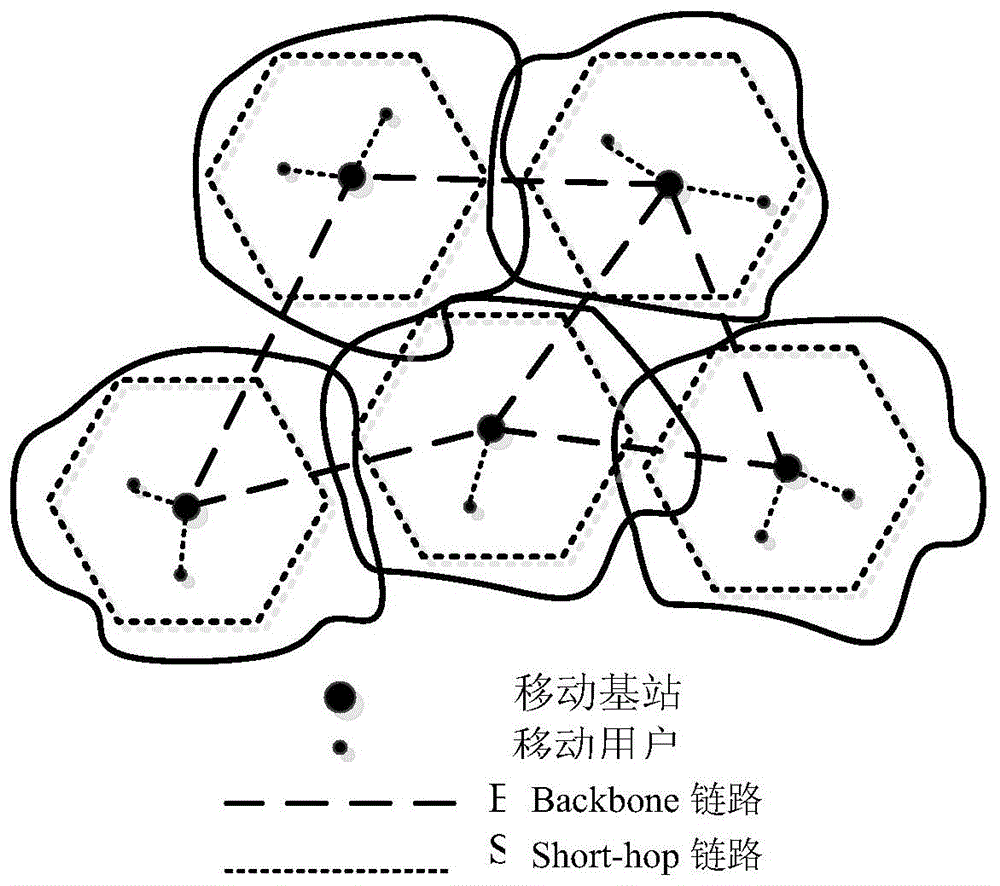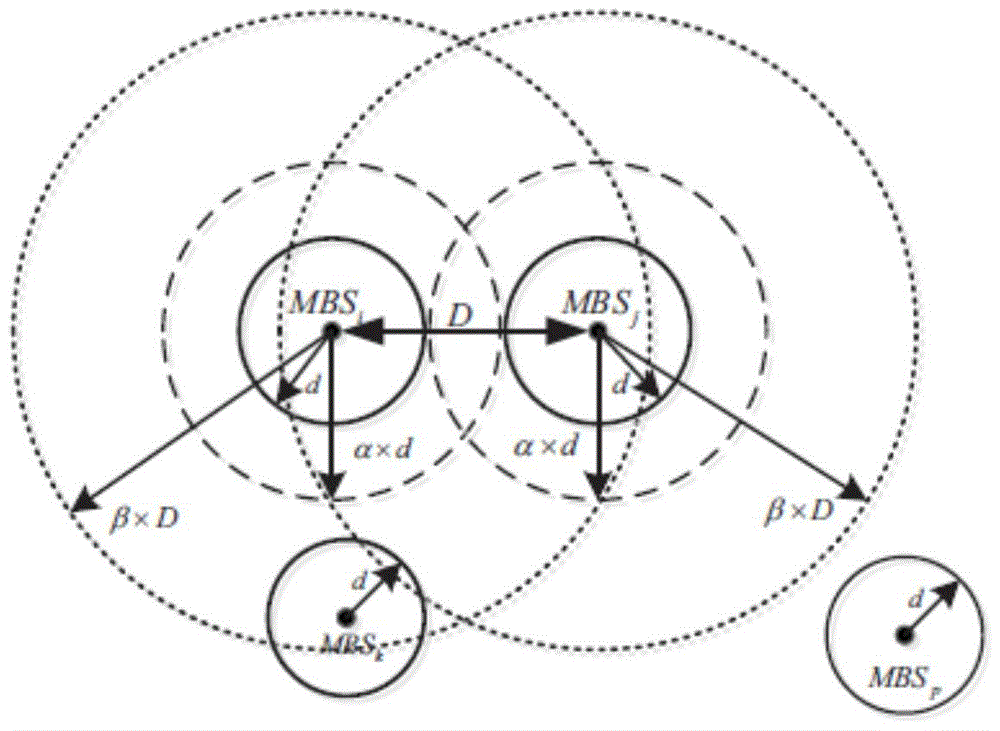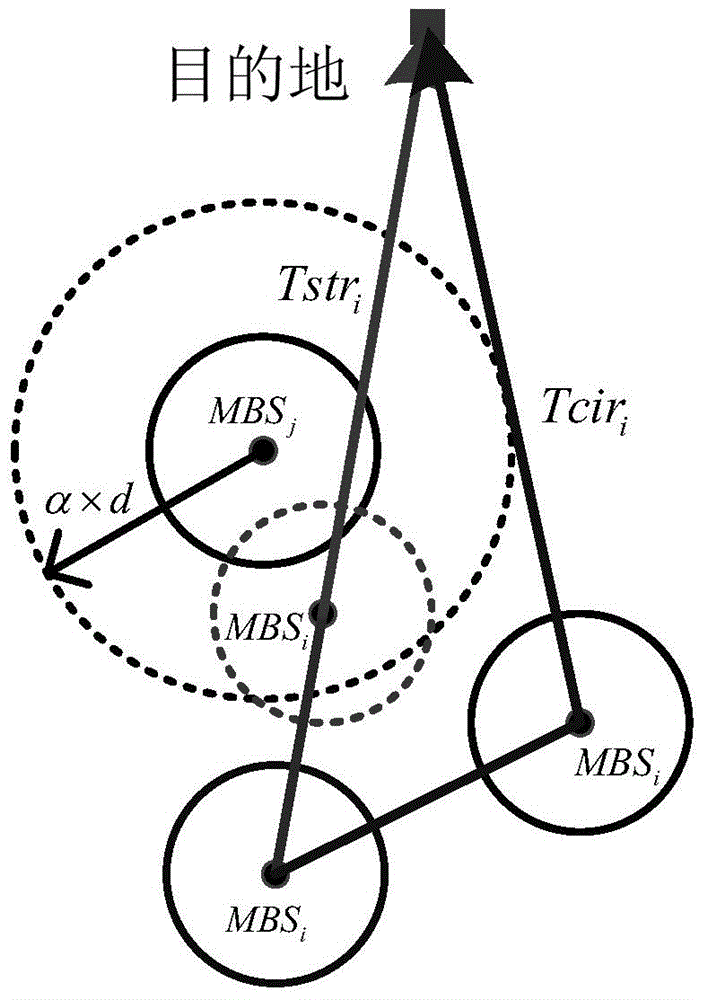Base station moving track control method based on interference prediction in amorphous cell
A technology of amorphous cells and moving trajectories, applied in wireless communication, electrical components, network planning, etc., can solve problems such as interference and adding low-power nodes
- Summary
- Abstract
- Description
- Claims
- Application Information
AI Technical Summary
Problems solved by technology
Method used
Image
Examples
Embodiment Construction
[0049] The present invention will be described in further detail below in conjunction with the accompanying drawings.
[0050] Such as figure 1 As shown, since the mobile base station can change its location at any time, it also needs to be connected to a mobile service switching center (mobile switch center, MSC) through a wireless connection. Over the past few decades, the development of mobile base station networks has been limited by high-speed wireless backhaul links. When mobile base stations are introduced, the network is a hybrid structure including mesh, ad hoc and cellular networks, and the performance of the system will be limited by unstable wireless backhaul capacity. With the development of Tactical Information Communication Networks (TICNs), the wireless backhaul, especially the microwave backhaul link, has made great progress, so the present invention has practical significance for the research of amorphous cells with mobile base stations.
[0051] Therefore,...
PUM
 Login to View More
Login to View More Abstract
Description
Claims
Application Information
 Login to View More
Login to View More - Generate Ideas
- Intellectual Property
- Life Sciences
- Materials
- Tech Scout
- Unparalleled Data Quality
- Higher Quality Content
- 60% Fewer Hallucinations
Browse by: Latest US Patents, China's latest patents, Technical Efficacy Thesaurus, Application Domain, Technology Topic, Popular Technical Reports.
© 2025 PatSnap. All rights reserved.Legal|Privacy policy|Modern Slavery Act Transparency Statement|Sitemap|About US| Contact US: help@patsnap.com



